This time of year, it's essential to guard against ticks when you're enjoying a walk or hike in an area with grasses and shrubs. Ticks can transmit serious diseases such as Rocky Mountain Spotted Fever, Lyme disease, and Tularemia.
 In those cases where you discover that a tick has hitched a ride on your body (or your pet) and gotten comfortable, here are some DOs and DON'Ts when it comes to removing the tick:
In those cases where you discover that a tick has hitched a ride on your body (or your pet) and gotten comfortable, here are some DOs and DON'Ts when it comes to removing the tick:
DON'T:
- Use your bare hands to remove the tick.
- Yank out the tick by its abdomen.
- Twist or jerk the tick as you're trying to remove it. This can cause its mouthparts to break off and remain in the skin.
- Crush a tick with your fingers.
- Apply nail polish or petroleum jelly to the tick. (It's believed by some that 'suffocating' the tick in this manner is effective. It's not.)
- Use heat to burn the tick's body. This may actually release the contents of its abdomen into the host, which can cause infection or spread disease.
- Freeze the tick. Just as above, this can cause the abdomen contents to release into the host.
DO:
- Use a pair of fine-point tweezers.
- Grab the tick as close to its head/mouth as possible -- as close to your skin as you can.
- Pull the tick out slowly, with light pressure.
- Put the tick into a small clear plastic bag or jar and freeze it, in case a medical professional needs to identify it.
- Thoroughly clean the tick bite area with rubbing alcohol.
- Wash your hands with warm, soapy water after handling the tick.
Here's a visual depiction of the tick removal process from the TickEncounter Resource Center:
Where to buy RESCUE! GoClip® Repellent for Mosquitoes, Biting Flies & Ticks


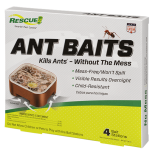 Ant Baits
Ant Baits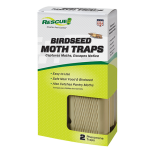 Birdseed Moth Trap
Birdseed Moth Trap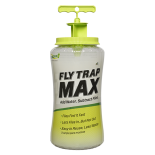 Fly Trap Max
Fly Trap Max Fly Trap, Big Bag
Fly Trap, Big Bag  Fly Trap, Disposable
Fly Trap, Disposable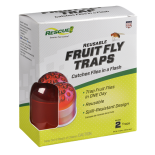 Fly Trap, Fruit Fly
Fly Trap, Fruit Fly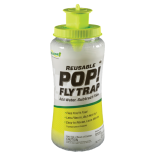 Fly Trap, POP! Fly
Fly Trap, POP! Fly 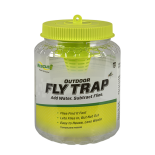 Fly Trap, Reusable
Fly Trap, Reusable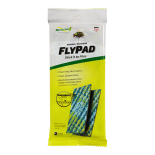 FlyPad
FlyPad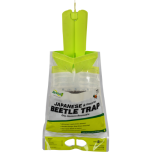 Japanese & Oriental Beetle Trap
Japanese & Oriental Beetle Trap Spider Trap
Spider Trap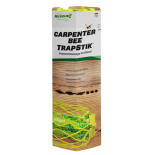 TrapStik, Carpenter Bee
TrapStik, Carpenter Bee TrapStik, Deck & Patio Fly
TrapStik, Deck & Patio Fly  TrapStik, Indoor Fly
TrapStik, Indoor Fly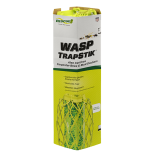 TrapStik, Wasp
TrapStik, Wasp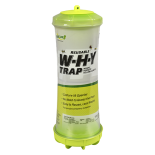 W·H·Y Trap for Wasps, Hornets & Yellowjackets
W·H·Y Trap for Wasps, Hornets & Yellowjackets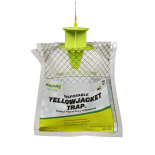 Yellowjacket Trap, Disposable
Yellowjacket Trap, Disposable 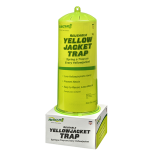 Yellowjacket Trap, Reusable
Yellowjacket Trap, Reusable 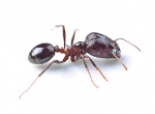 Ants
Ants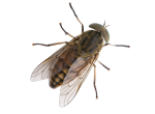 Biting Flies
Biting Flies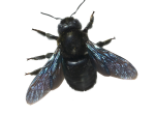 Carpenter Bees
Carpenter Bees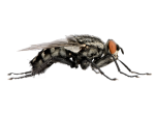 Flies
Flies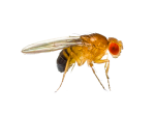 Fruit Flies
Fruit Flies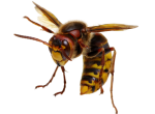 Hornets
Hornets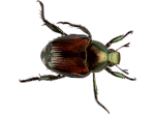 Japanese Beetles
Japanese Beetles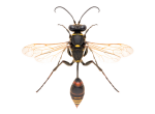 Mud Daubers
Mud Daubers Oriental Beetles
Oriental Beetles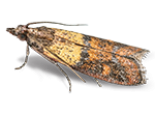 Birdseed & Pantry Moths
Birdseed & Pantry Moths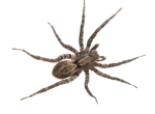 Spiders
Spiders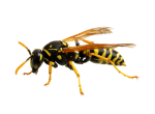 Wasps
Wasps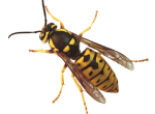 Yellowjackets
Yellowjackets